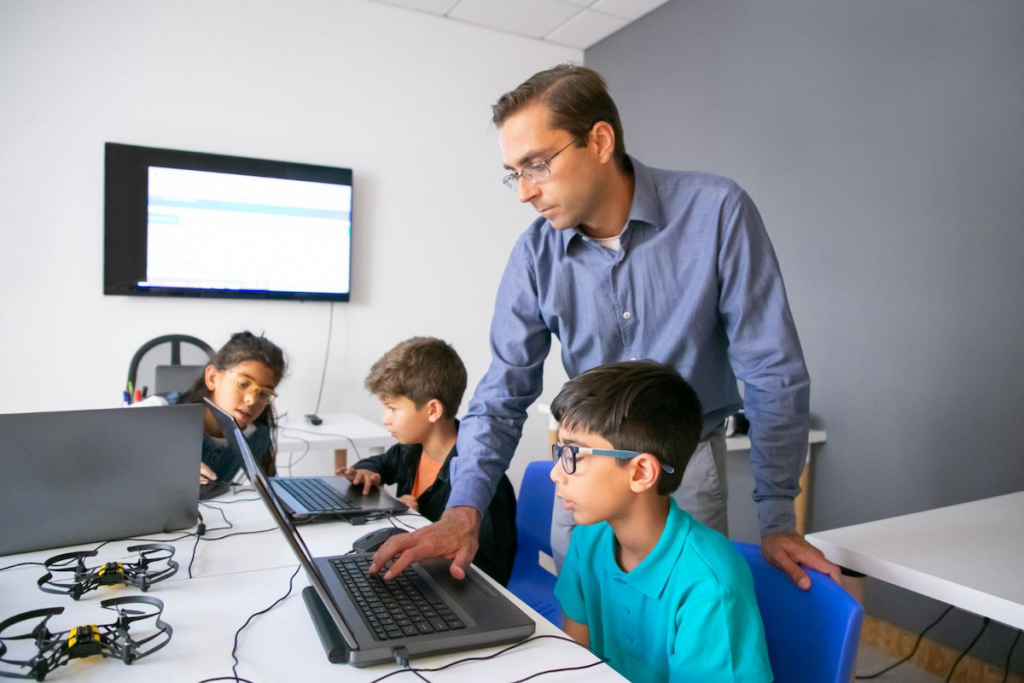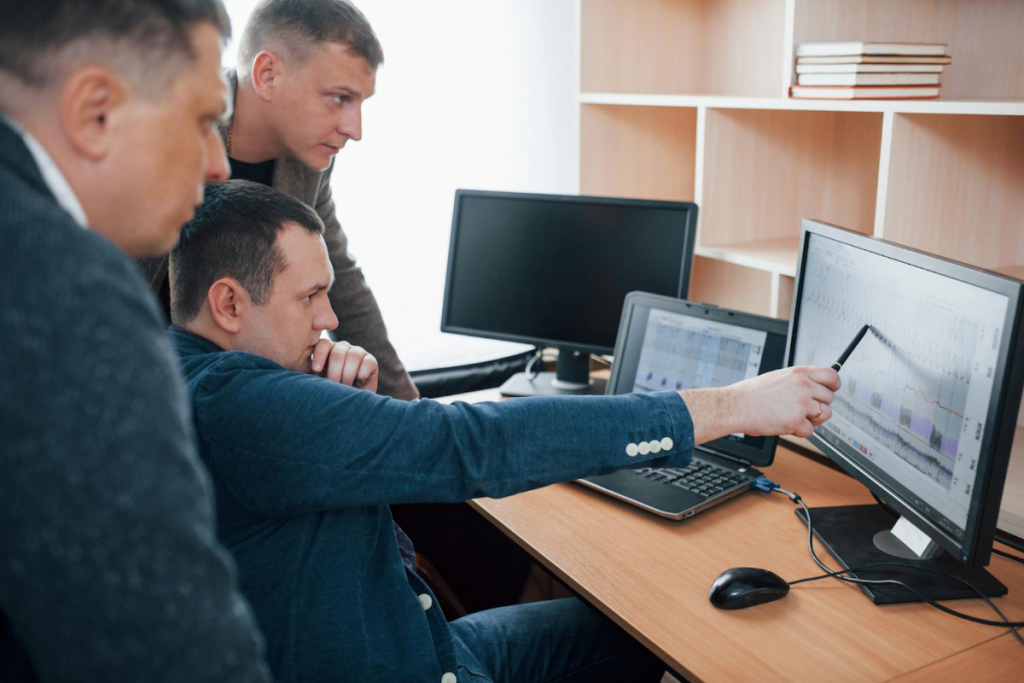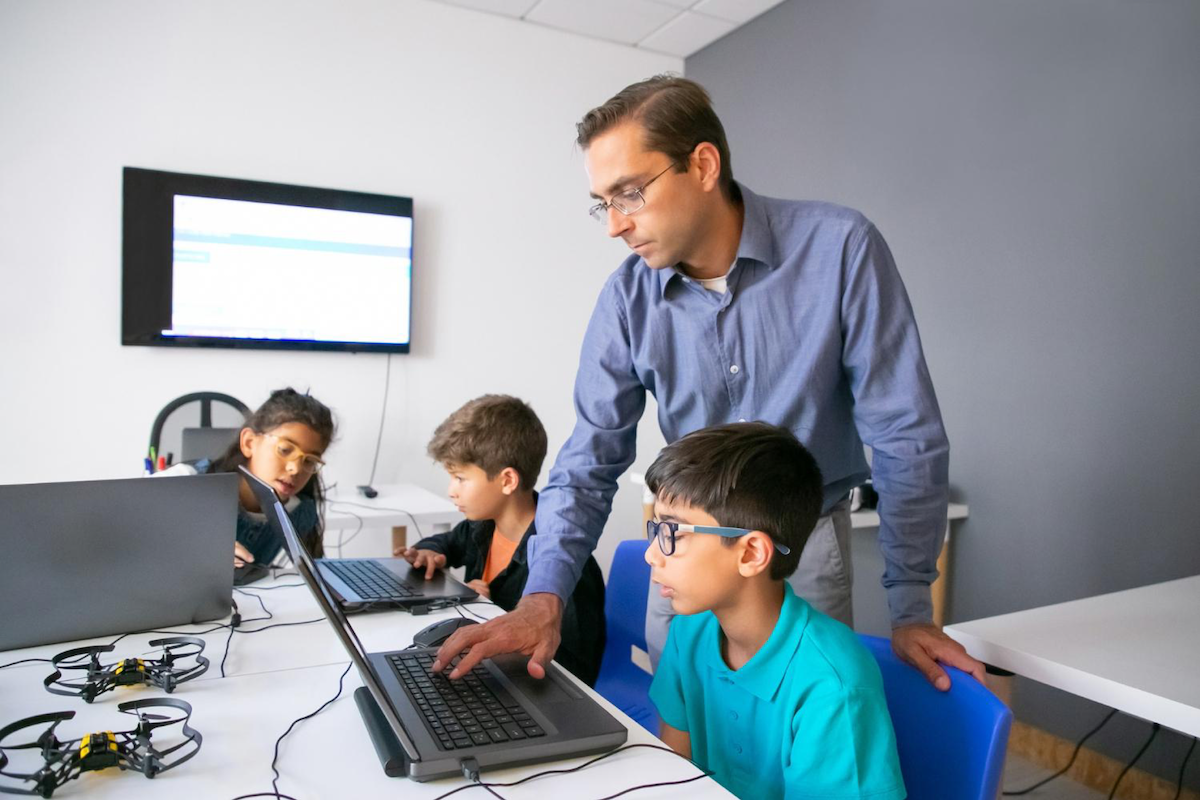
Over the past two decades, the educational landscape has undergone a significant transformation, not only in pedagogical methods and curriculum delivery but also in the technological infrastructure that supports day-to-day school operations. Among these tools, enterprise resource planning (ERP) software has quietly become a cornerstone for many institutions. Initially adopted for administrative tasks such as attendance tracking, grading, and scheduling, ERP software has expanded its scope. Today, schools are leveraging ERP systems for a wider array of needs—from ensuring child safety to enabling digital marketplaces for uniforms, supplies, and learning resources.
As the expectations placed on educational institutions continue to evolve, so too do their technological requirements. The modern school is more than just a place for academic instruction; it is a complex ecosystem that includes safety protocols, parental engagement, digital learning, financial transparency, and community interactions. The journey of ERP software in schools reflects this shift—becoming more comprehensive, adaptive, and integrated than ever before.
A Historical Glimpse: The Initial Role of ERP Software in Schools

When ERP systems first entered the educational sector, their purpose was narrowly defined. They provided a centralized platform for school administrators to manage student data, staff information, and academic records. These systems replaced paper-based registers and spreadsheets, streamlining clerical tasks and reducing human error.
Tasks such as enrollment management, fee tracking, and report card generation were automated. Schools experienced increased efficiency, fewer redundancies, and more accessible reporting. However, these systems were often standalone and compartmentalized, with limited integration across departments or stakeholders.
The market for ERP software has expanded significantly in the last several years. At a compound annual growth rate (CAGR) of 10.7%, the market will increase from $149.53 billion in 2024 to $165.55 billion in 2025. This growth is also fueled by the need for better communication and collaboration among different departments within an organization. As ERP software becomes more integrated and interconnected, it will continue revolutionizing how businesses operate and make data-driven decisions.
Rising Expectations and the Expansion of Features
As schools began to engage with a more diverse set of stakeholders—parents, government agencies, vendors, and digital learning providers—the need for a more dynamic ERP solution became evident. No longer were schools satisfied with systems that only supported administration. They needed platforms to integrate communication tools, transport tracking, performance analytics, and health records.
The COVID-19 pandemic served as a critical turning point. Remote learning exposed significant gaps in existing ERP systems, particularly in online communication, attendance monitoring for virtual classes, and data synchronization across platforms.
Child Safety: A Foundational Priority in Modern ERP Systems
One of the most crucial developments in school ERP software has been the heightened focus on child safety. In an era marked by increasing awareness of student wellbeing, parents and administrators alike demand systems that do more than manage data—they must protect students physically and emotionally.
Modern ERP software now integrates:
- Real-time GPS tracking of school buses
- Automated attendance monitoring using biometric or RFID technology
- Visitor management systems
- Student health and wellness records
- Cybersecurity measures for online learning spaces
These tools ensure that safety protocols extend beyond campus walls, safeguarding students’ physical and digital environments.
Parent-Teacher Communication: The Two-Way Channel

Parent engagement is no longer limited to periodic report cards or annual meetings. Modern parents expect to actively participate in their child’s education, with instant access to academic progress, behavioral reports, extracurricular performance, and school announcements.
ERP software now supports:
- Mobile apps and parent portals
- Instant push notifications
- Two-way messaging between parents and teachers
- Virtual meeting scheduling tools
This connectivity fosters stronger relationships between schools and families, enhancing accountability and collaboration in the student development process.
School E-Commerce: An Emerging Component of ERP Integration
A growing number of schools are exploring the integration of e-commerce functionalities within their ERP platforms. Traditionally, school-related transactions such as buying uniforms, paying for field trips, or purchasing early learning materials were handled manually or via external vendors.
ERP software now enables schools to:
- Manage school-owned digital storefronts
- Handle inventory and supply chain logistics
- Integrate payment gateways
- Generate invoices and sales reports
By incorporating e-commerce into ERP platforms, schools streamline operations and offer a convenient, transparent purchasing experience for parents and students alike.
Data Analytics and Decision-Making
Another evolving need is the integration of data analytics into ERP systems. As schools collect more data than ever before, the ability to translate this information into actionable insights has become a competitive advantage.
Modern ERP platforms provide:
- Real-time dashboards
- Predictive analytics
- Performance and attendance tracking
- Financial management reports
With these insights, school leaders can make informed, evidence-based decisions that optimize resource allocation, improve student outcomes, and enhance institutional planning.
The Role of Integration and Interoperability
As schools expand their digital ecosystems, the need for centralized, efficient systems becomes even more critical. This is where understanding and choosing the right ERP solutions play a vital role in achieving operational harmony.
Today’s ERP systems cannot function in isolation. Schools typically rely on multiple digital tools, including Learning Management Systems (LMS), communication platforms, assessment software, and financial tools. Seamless integration between these platforms is now essential.
Top ERP software programs offer schools robust integration capabilities that connect all essential applications into a unified environment. They streamline data sharing across departments and enhance decision-making through real-time insights, making them indispensable for modern educational institutions.
- Open APIs for easy third-party integration
- Plug-and-play modules
- Real-time synchronization with external systems
Interoperability ensures that schools build an ecosystem of tools that work cohesively to serve students, teachers, parents, and administrators.
Scalability and Flexibility: Accommodating Future Growth
Educational institutions are not static—they evolve over time. Schools require ERP solutions that can scale with them, whether expanding to new grade levels, opening new campuses, or adopting innovative educational models.
Cloud-based ERP platforms provide:
- Remote accessibility
- Modular feature adoption
- Automatic updates and upgrades
- Cost-effective scalability
This flexibility ensures schools can adapt their systems to meet emerging needs without disruptive overhauls.
Ethical Considerations and Digital Equity
As schools deepen their reliance on ERP systems, they must address critical ethical issues around:
- Data privacy and ownership
- Student surveillance
- Equitable access to technology
Mobile-friendly designs, multilingual options, and offline functionality are now vital features in ensuring that ERP software serves all members of the school community, regardless of socioeconomic background.
Schools must remain vigilant in selecting ERP partners who prioritize ethical practices and transparent data governance.
Final Thoughts: Toward a Holistic ERP Framework for Schools
The evolving ERP software needs of schools reflect a broader shift toward holistic education management. No longer is technology adoption about isolated tools for specific tasks; instead, it is about strategic integration across every aspect of school operations. Schools today must prioritize student safety, enhance collaboration with families, support emerging educational models, and enable real-time, data-driven decision-making—all within a unified ERP framework.
The future of ERP systems will center on adaptability and comprehensive service delivery. Schools that view ERP software as a long-term strategic investment rather than just an administrative convenience will be better equipped to navigate the complexities of modern education. Prioritizing ethical data practices, promoting digital equity, and building flexible, scalable systems will be essential in creating responsive and inclusive learning environments. By embracing these evolving demands, schools can foster ecosystems that not only manage resources efficiently but also advance student achievement, strengthen community trust, and drive institutional growth.




